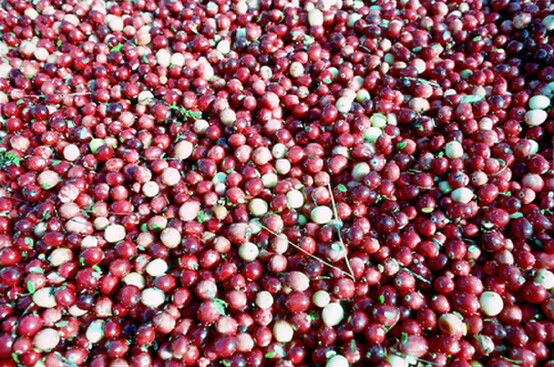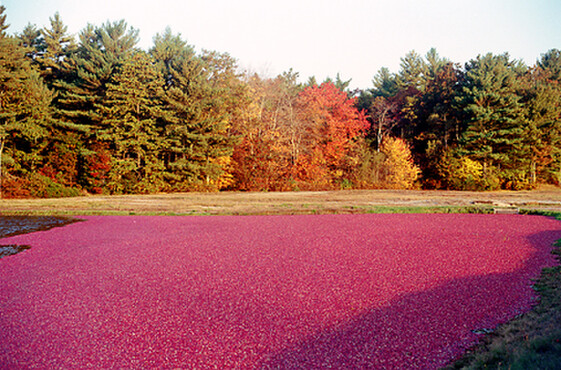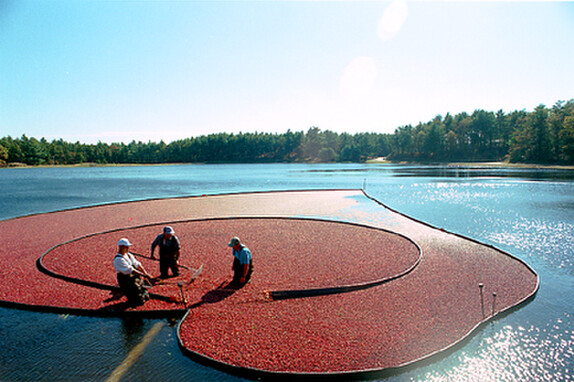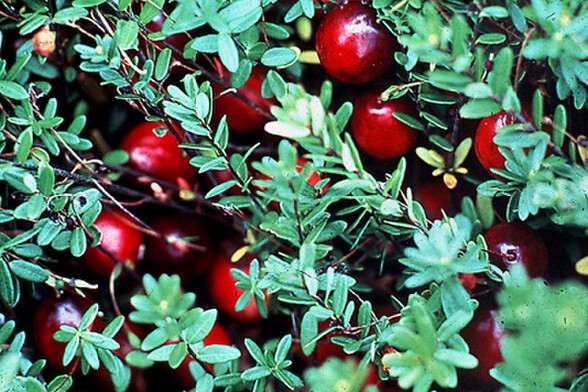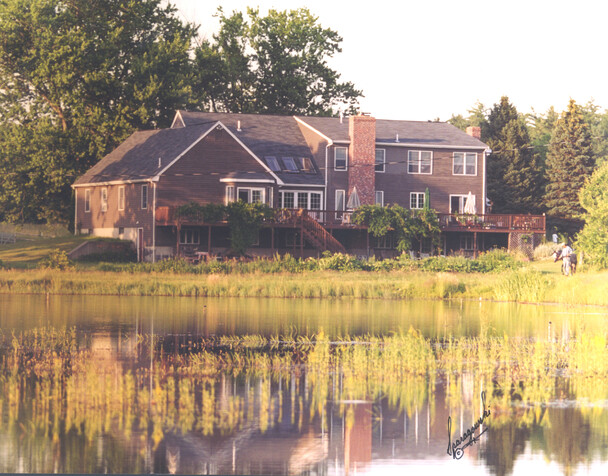An unusual fruit catches the eye of Michael Ryan.
We are in the heart of Massachusetts cranberry country, about an hour's easy drive south of Boston. "Amazing," says the woman standing next to me. "I never thought a cranberry bog would look like this. She is right — the carpet of red berries rolled out across the water was an unusual sight. But then, the cranberry is an unusual fruit.
One of only three major native North American fruits — blueberries and Concord grapes are the others — the cranberry gets its name from the Pilgrims who nicknamed it the 'crane berry' after the shape of the blossoms. This was latter shortened to cranberry.
Like most people, I had assumed that cranberries grow in water. They don't. They grow on vines in beds layered with sand, peat, gravel and clay. Harvesting runs from mid-September through to early November.
Cranberries destined for the fresh fruit market — about 15 percent of the crop — are dry harvested with mechanical pickers that resemble giant lawnmowers. The picker's moving teeth strip the berries off the vine and a conveyor belt carries them to a receptacle at the rear.
The night before wet harvesting begins the grower floods the dry bog with up to 45 centimetres of water. The next day water reels — or 'egg beaters' loosen the berries from the vine. Cranberries contain pockets of air, so the freed berries pop straight to the surface — to the delight of visitors — where they are 'corralled', sucked up through underwater pipes and trucked to the Ocean Spray sorting plant. Wet harvest cranberries are used for juices, sauces, relishes and processed food.
So, how do you judge the quality of a cranberry? Well, it all depends on how lively it is. The 'cranberry bounce' was first noted back in the 1880s by New Jersey grower John 'Peg Leg' Webb. Because of his wooden leg he could not carry his berries down from the loft of his barn, so he poured them down the steps. He soon realised that only the freshest, firmest air-filled fruit reached the bottom; the rotten and bruised berries stayed on the steps. Webb's observations led to the bounceboard separator — a method Ocean Spray still uses to select its fruit.
Our final night at the aptly named On Cranberry Pond B&B is marked with an early Thanksgiving Dinner. For most of us, preparing and hosting a dinner for over 20 guests would be a daunting task. But not for our innkeeper, Jeannine LaBossiere. Bouncier than the bounciest cranberry, she is in her element, ensuring that the gathering of writers, magazine editors and television crews is a highly enjoyable, boisterous affair. It is an evening we will all remember.
For more info visit: https://www.oncranberry.com
